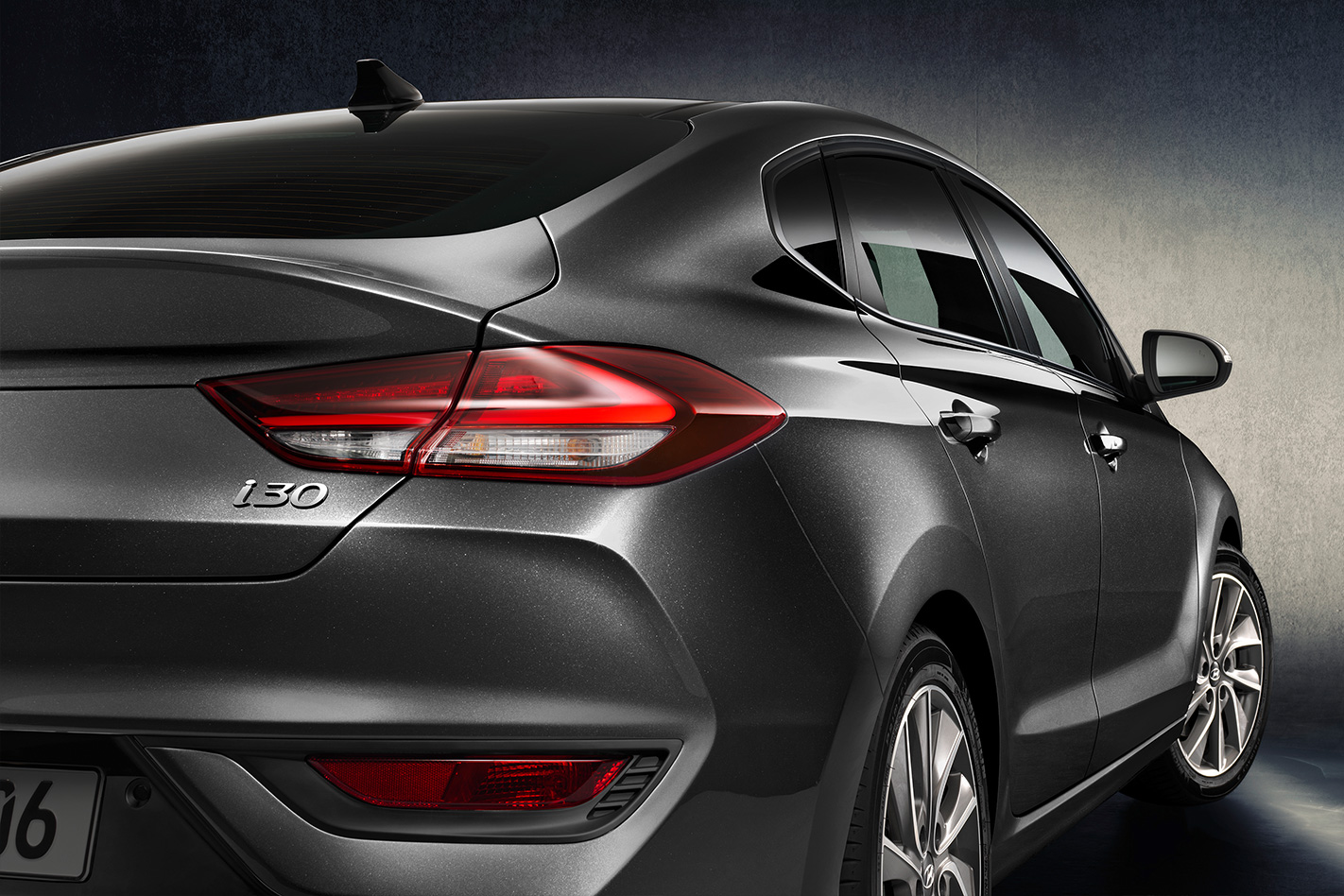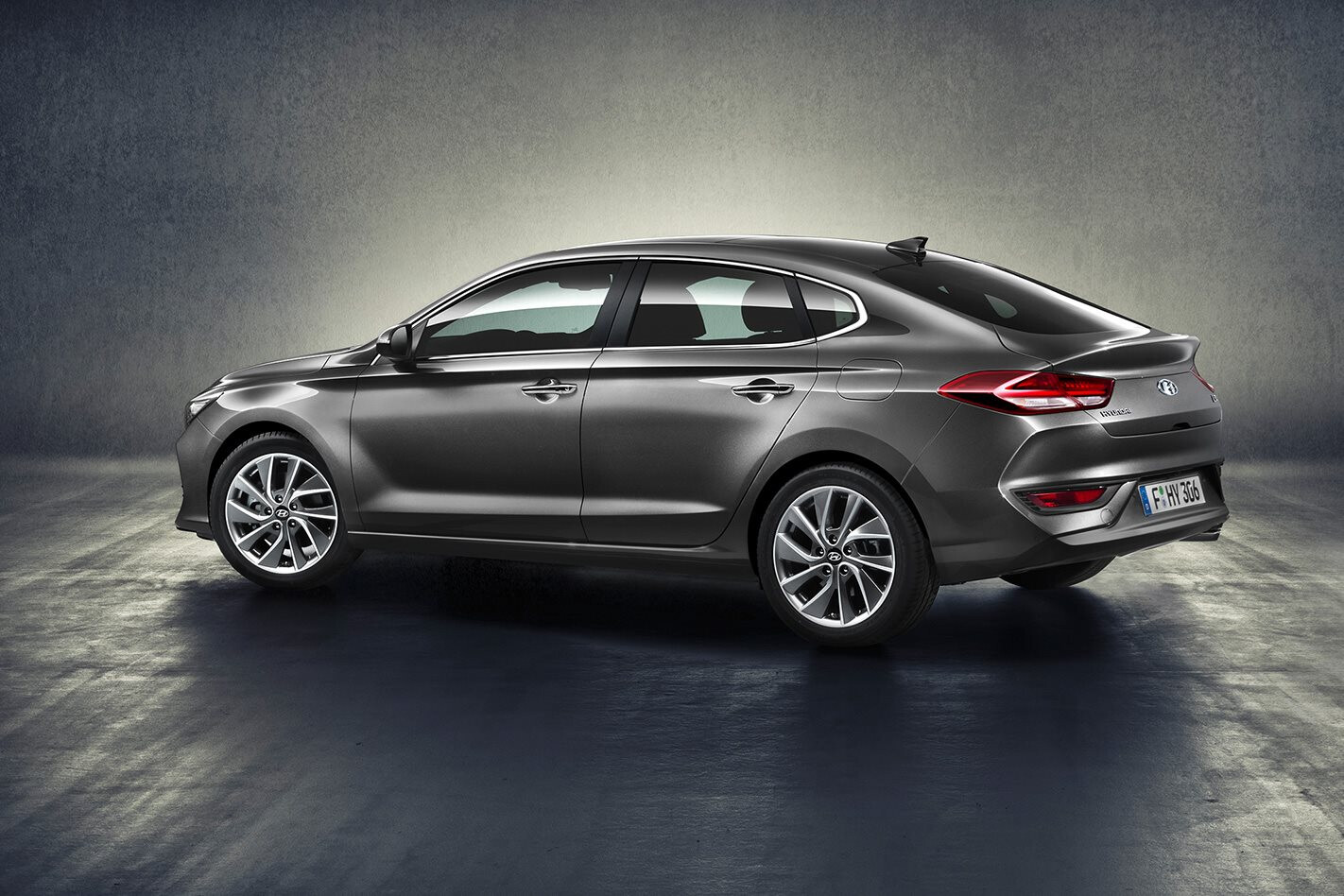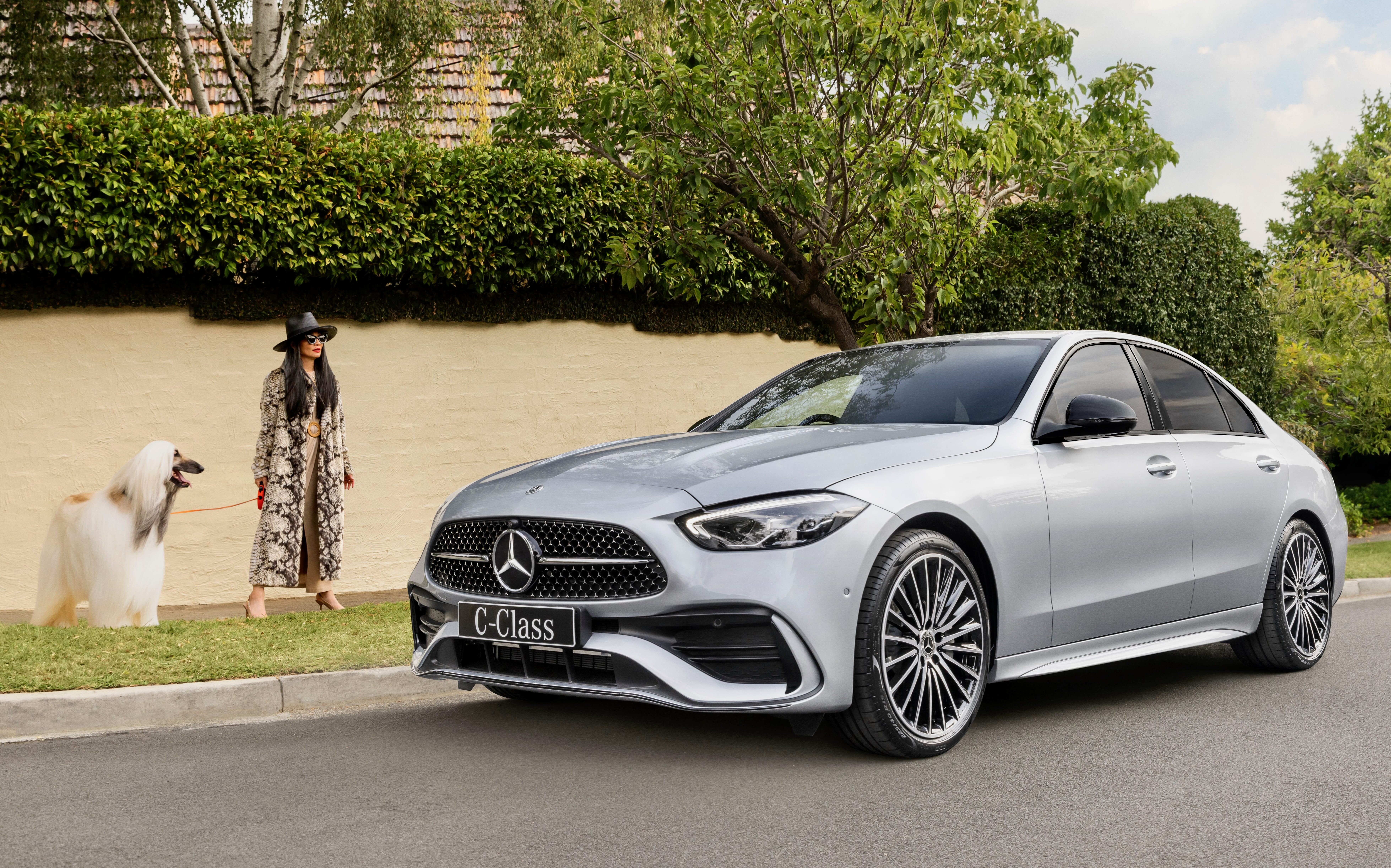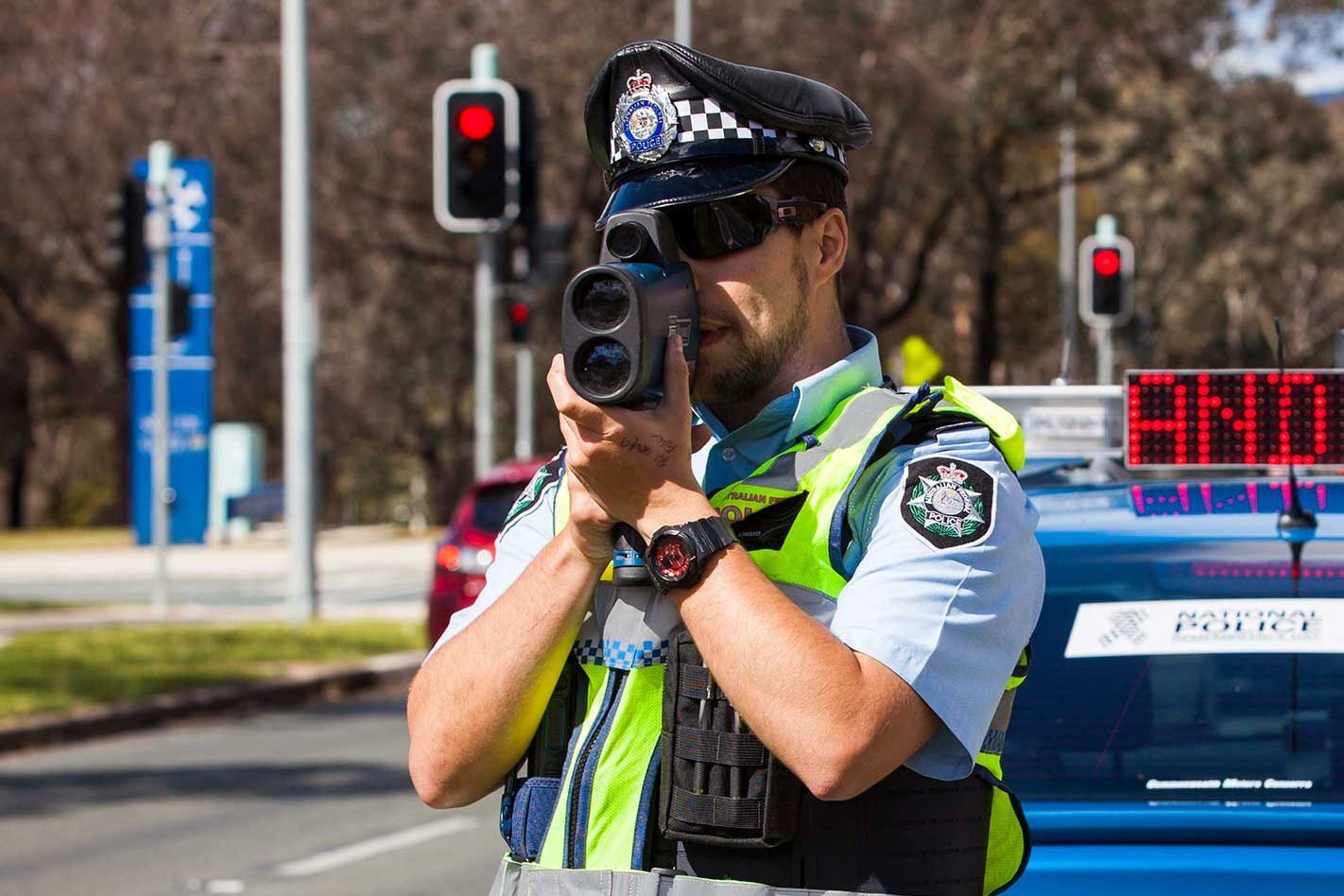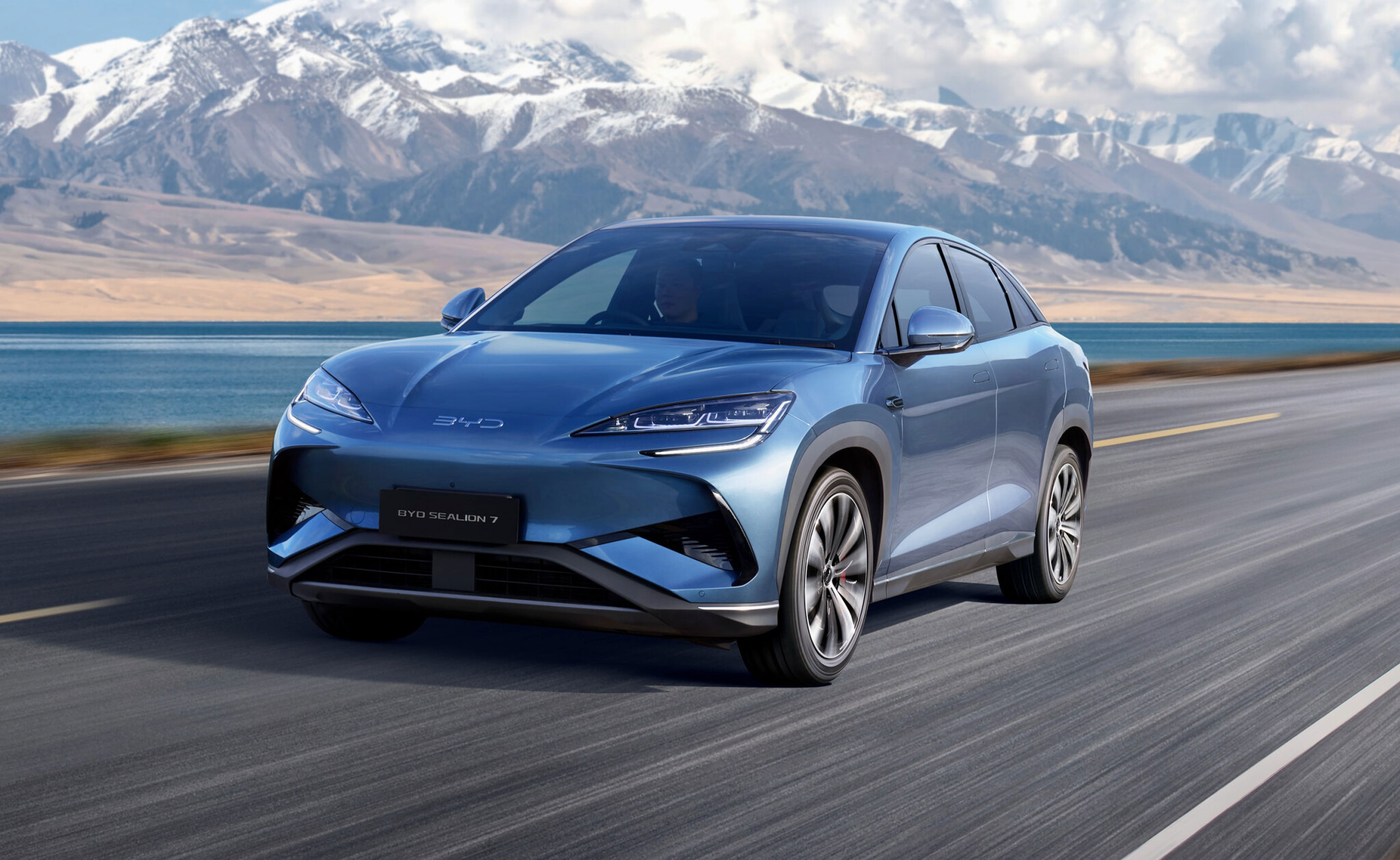HAVING attracted global attention by finally revealing its highly anticipated i30 N hot hatch last night, Hyundai chucked in a set of steak knives in the form of an i30 Fastback.
The garden variety versions of the slippery looking i30 won’t be coming to Australia, however we are likely to see it when an N badge, with that version about to be signed off.

It won’t be a half-baked N car either, and will complement the hot hatch to add volume much in the same way Audi has positioned its new RS3 sports sedan alongside its existing hot hatch.

Hyundai Australia admits it would otherwise be interested in this “excellent looking choice” despite it being very much a niche product in the small-car segment.
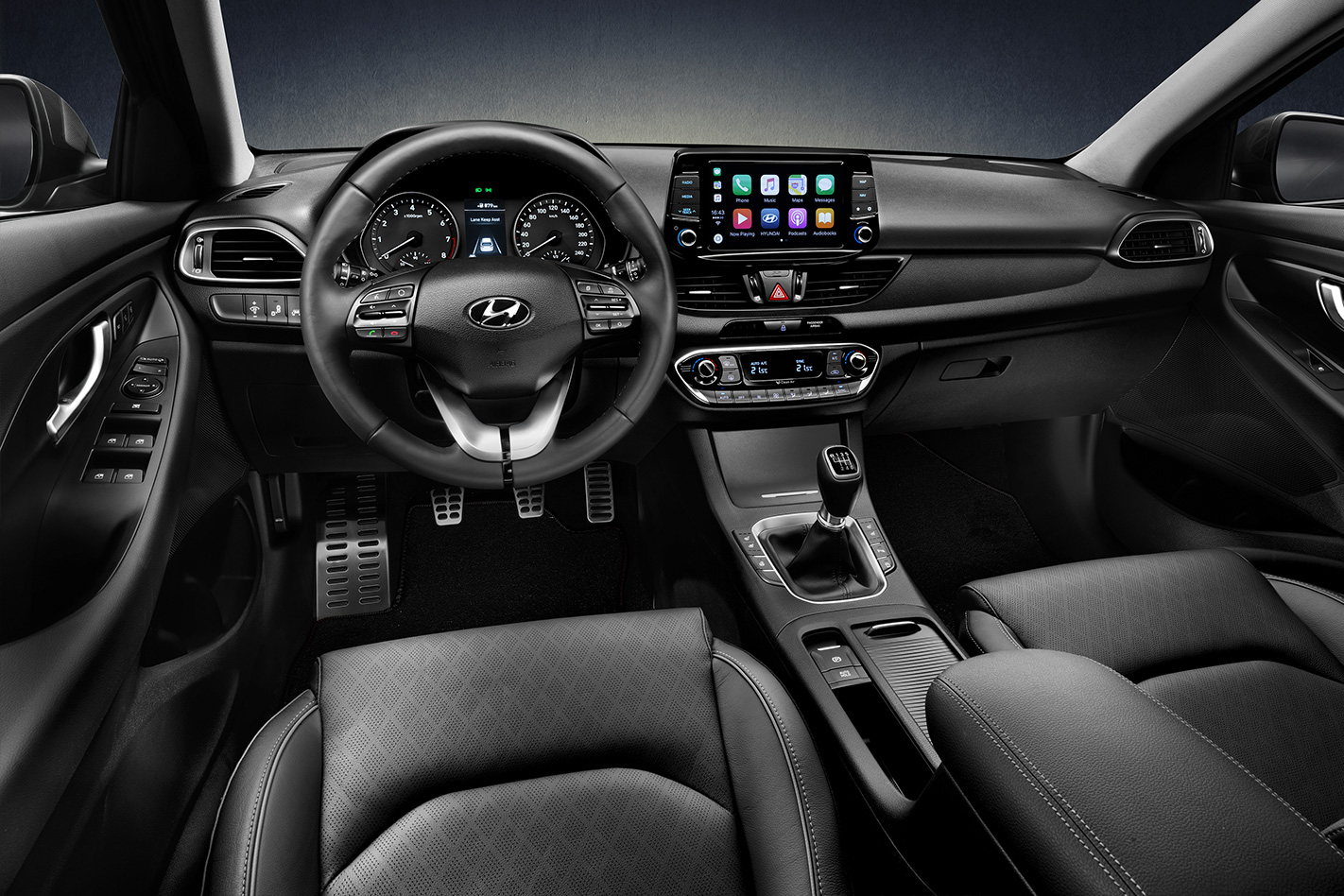
“When designing the i30 Fastback we played with the proportions of the i30 range by reducing the height of the Cascading Grille and lowering the roof line. The elegant silhouette is further emphasised by the generously arched rear spoiler shape.
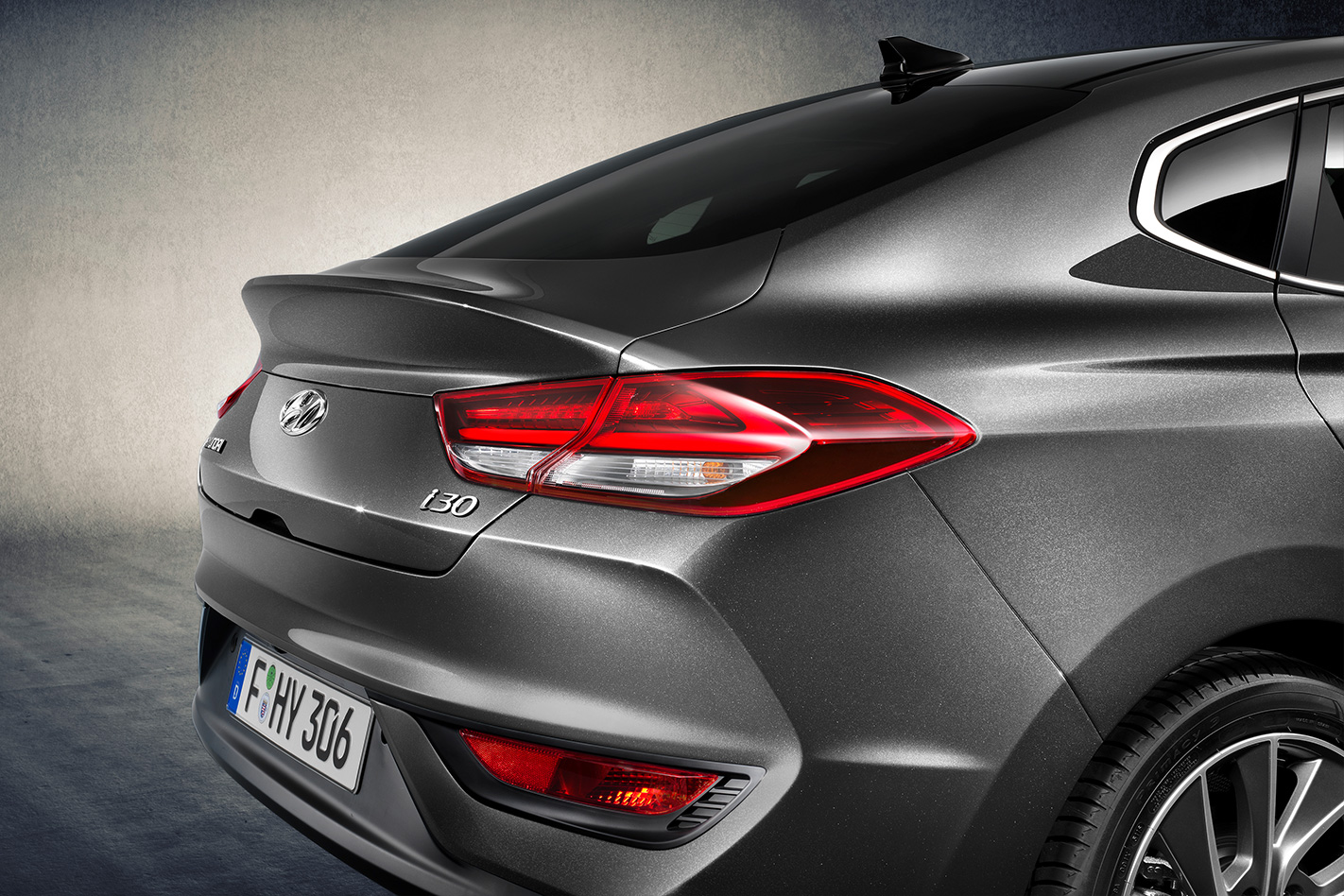
Driving dynamics have been tweaked to accommodate the new design and maintain balance between ride and comfort including lowering the chassis by 5mm and stiffening the suspension by 15 percent.
Overall height is 30mm lower than the hatch resulting in a sportier stance, however its athleticism is undone by an uninspiring choice of two downsized turbocharged petrol engines including an 87kW 1.0-litre three pot and 102kW 1.4-litre four.
You’d hope Hyundai sees sense and introduces a 150kW 1.6-litre powered SR variant at some point.
